How to Pick the Best Shoes for Your Foot Type (Pronate, Supinate, Neutral)
Finding the right pair of boots can be difficult when you consider it important to match your boot to your foot type, since feet and shoes come in many shapes and sizes. The consequences of poorly fit boots are unpleasant and costly. Your feet hurt. They swell. They chafe. And, in extreme cases, you can damage tendons.
We wanted to find out what’s the best strategy for determining the best boots for your overall foot health. So, we got in touch with Dr. Neal Blitz, a NewYork-based reconstructive foot and ankle surgeon, who goes by the charming (and trademarked) nickname The Bunion King™, so named for inventing a type of bunion surgery called Bunionplasty®. He literally knows feet inside and out, and he was kind enough to share advice gathered from his 17+ years working to help people with their feet.
So What Type of Foot Are You?
Holy cow, this is not a simple question. There are a lot of ways to describe feet types. Some people have Greek Feet (distinguishable by a gap between the big toe and the second toe). Some people have Simian Feet (no lie, basically Monkey Feet, here’s an entire research paper about them). We can talk about the shape and positions of the toes. We can talk about the width of our feet. We can talk about the volume of our feet. Oh, so many ways to describe feet.
And many of us never really give our foot shape much thought.
“Before we start we need to define foot type,” says Blitz. “In my experience, people talk about arch type. People don’t say, ‘I have a bunion foot.’ They say, ‘I have flat foot, or a high arched foot.’”
Arches come in roughly three types:
- neutral, or medium,
- high, and
- low (flat).
To determine your arch type, Dr. Blitz recommends that people do the “wet test.” Basically, get your foot wet and stand on paper or cardboard and look at the shape of your footprint to determine what type of arch you have.
Do You Pronate, Supinate, or Are You Neutral?
- “Pronate” means to roll inward
- “Supinate” means to roll outward
“Supination and pronation refer to movement,” says Blitz. “Feet naturally move from supinated to pronated as you walk.”
Once you’ve determined the arch type of your foot, then you can identify how your foot moves.
So these terms, pronate and supinate, don’t describe the type or shape of your foot. They describe how your foot and ankle move when you take a step. This point is important. The biomechanics of a foot strike are extremely complicated; it’s a combination of physics and physiology, two subjects you probably avoided in school.
But basically, think of your arch as shock absorbers that bend as your bodyweight is applied by flexing and rolling inward (pronation). As you take a step, your heel may strike first or roughly at the same time as the center of your foot. Then, as your body weight is applied, your foot should pronate (roll in). Lastly, as you finish the step and “toe-off”, your foot will supinate (roll out). (There are a ton of other, non-arch factors that can affect this, but we’re talking in generalities. Chat with a doctor if you’ve got concerns.)
The Easiest Way to Find Out Your Foot Type
The easiest way to find out your foot type? Find some paper. Get your foot wet, step on the paper, and look at the footprint. Then walk around a bit, look at how your feet move when you take a step, watch carefully as you apply weight to one foot and remove weight form the other foot.
Normal Arch
Now, if you’ve just done the wet test and your footprint looks like the middle picture above, this means you have a normal arch. This is good. You should have a fairly normal stride. Let’s look at the other two results.
Low Arch Flat Feet
- If your footprint looks like the entirety of the bottom of your foot, then you have a low arch
“You can tell if you have no arch if the foot is making significant contact with the ground,” says Blitz.
So, if your footprint looks like the entirety of the bottom of your foot, then you have a low arch, or a flat foot. The good news is that if your arches are flexible, you’re likely not going to experience significant foot problems.
“People associate flat feet with pronation, and that is true, but all feet pronate,” says Blitz. “Rigid flat feet are permanently flat, permanently stuck in that rigid flat foot.”
“People with these types of feet can have a lot of different medical issues,” says Blitz. “One, you are flat footed. Two, you can get bunions, which are a bony knob at base of big toe that sticks out and causes pain, which can be a surgical issue requiring bunionplasty. Another problem are hammer toes — a buckling of the toes causing them to bend at pressure points.
“You can also get metatarsalgia, or inflammation of the metatarsal at the ball of foot, at the footpad where you bend your foot. With this, you can get stress fractures, because of malalignment. The bones at the ball of foot can break over time and cause a stress fracture.”
Basically, too much force and weight are being applied to this bony area at the ball of your foot, and your foot can’t bend and redistribute the force. If this is repeated over and over, then it can cause stress fractures.
There are a host of other problems associated with rigid flat feet mincluding nerve injuries and various deformities like hallux varus. But you can take action by visiting a physical therapist and exploring ways to strengthen your feet. (The tips in the video above are a good place to start)
High Arch, Supination
If you see very little of your footprint, you likely have high arches.
“A high arch foot has similar but opposite problems to a flat foot, because there’s not enough contact between foot and ground, resulting in a highly unstable foot and ankle,” says Blitz. “This can lead to ankle instability and chronic ankle problems. You can get problems with the peroneal tendons, which can fray and become damaged”
So, high arches may contribute to excessive strain on joints and muscles, as your feet may not absorb shock as well and you don’t have a solid stable base to support your body weight as you move.
What Boot Should You Wear for Normal Feet?
Regarding boot types Dr. Blitz says,
In general, the best shoe or boot is one that is not too flexible as a shoe that moves too much puts pressure at the ball of the foot. The back should be sturdy enough to provide stability. And find something that counteracts pronation and cushions the heel bone.
So generally we should all look for boots with firm midsoles, straight to semi-curved lasts — often found in running shoes — and moderate rear-foot stability.
What Boot Should You Wear for Flat Feet?
If you have flat foot, or excessive pronation when you walk then find a boot that is stable and sturdy that doesn’t bend in the arch.
“Flat feet pronate a lot, that can cause bunions,” says Blitz. “Find (a shoe) that protects that area. You want to find something that has some level of arch support built in because it makes more contact. Find proper footwear first, and then if you have problems, find insoles or orthotics.”
So, for low arch pronation, you may benefit from a shoe with a straight last and motion control to help stabilize your feet. A molded arch may be helpful if you have a flexible flat foot as it lifts the foot and counter acts the excessive pronation.
[See my full article on the best boots for flat feet]

What Boot Should You Wear If You Have a High Arch?
If you have a high arch and there’s not a lot of contact between the foot and footbed of the boot’s insole, “You experience a lot of pressure, so more cushion is required. The padding can come from the shoe, or secondary padding like an orthotic insert. The cushioning should be at the ball of the foot. Make sure there is as much contact as possible between the shoe and the foot. High arch people can sprain, so get something with a high top that provides additional ankle support.”
For a high arch foot with excessive supination, look for cushioning to compensate for your lack of natural shock absorption. To counteract the instability, a high laced top will help prevent rolling your ankle. A proper snug fit is also important. A curved last also may help in some cases.
Conclusion
“First know your foot type, know your structural problem if you have the above, (and) know the medical problems,” says Blitz. “One of most important things for foot health is to stretch the Achilles tendon. A lot of the time, that Achilles tendon is tight. A runner’s stretch on your Achilles tendon, leaning into the wall, will improve your foot health.”
Make sure you buy comfortable boots that provide stability. If you’re experiencing frequent pain, consult a doctor. Remember, feet are important, and if you want to continue walking comfortably in to old age, take care of them!


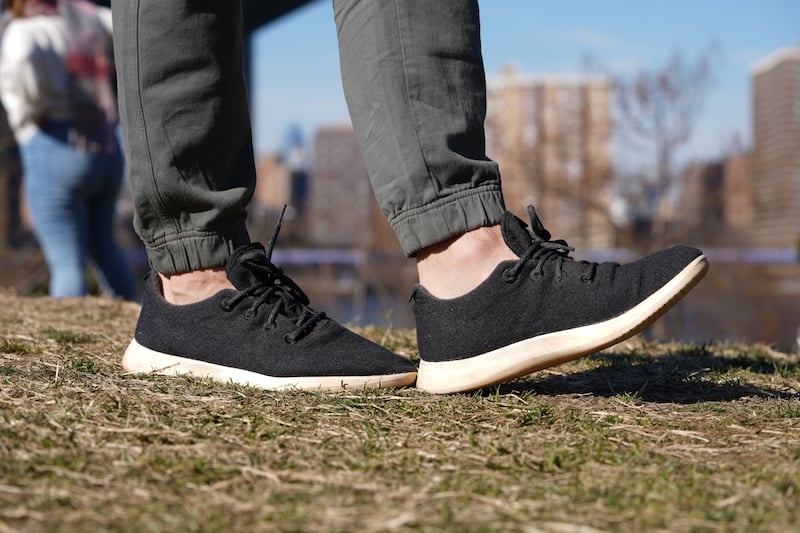
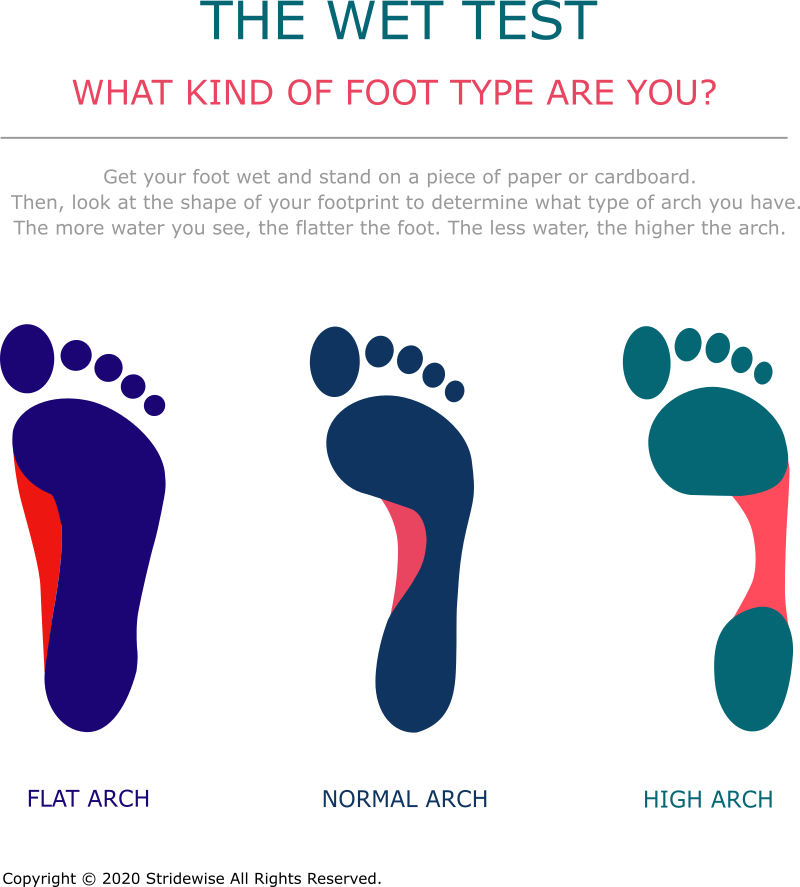
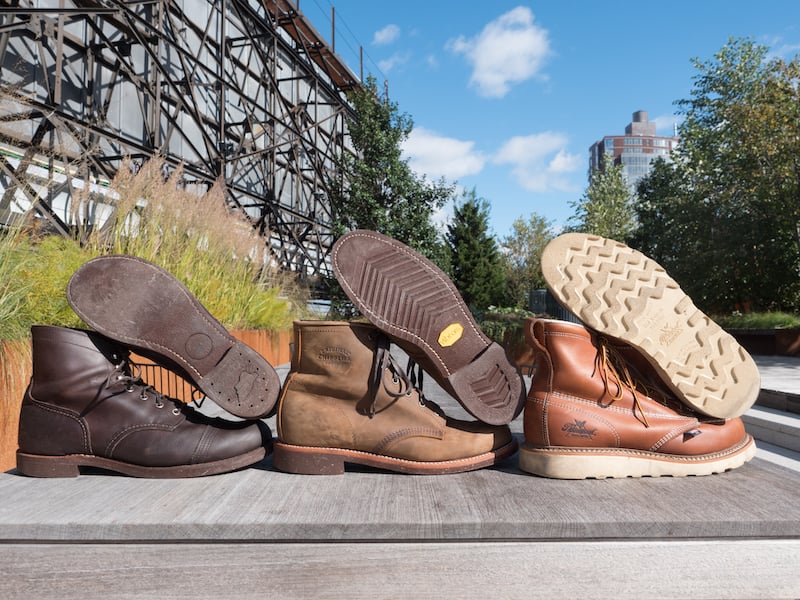



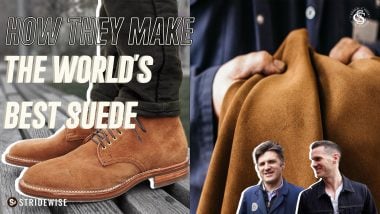


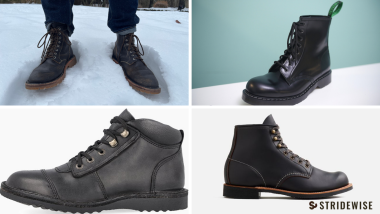


I love how you talk about different types of feet and how shoes should fit them. In my experience shoes are not a one type fits all, and gender has nothing to do with it. I’ve always had trouble finding shoes that are comfortable to wear for long periods of time.
Glad this was useful to you, Jessie!
Great article, but where do we actually find shoes that have a straight last and are not semi-curved.
I’m not sure but some companies make lasts for special customers. You could try an Indonesian company?